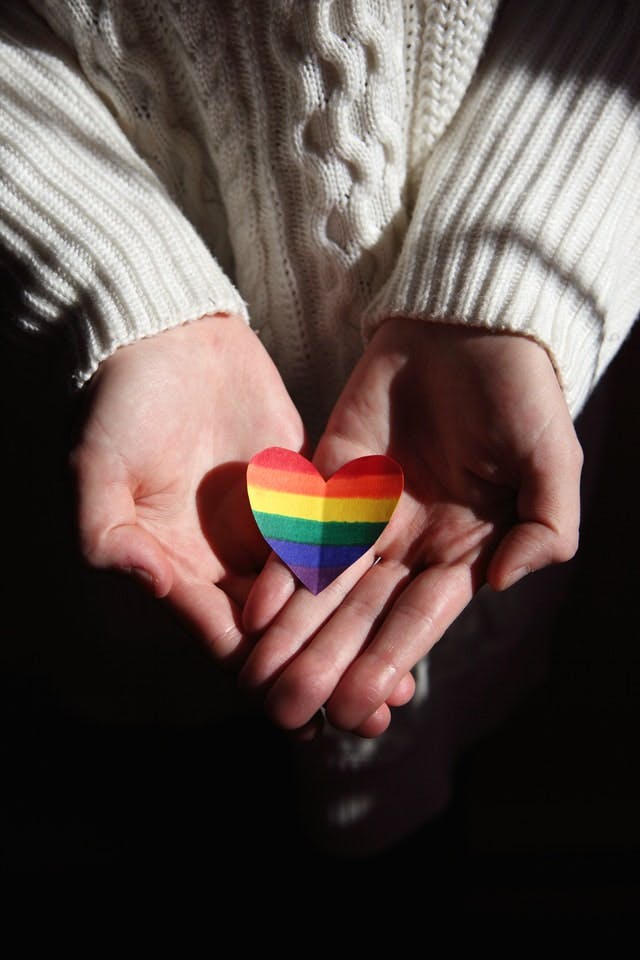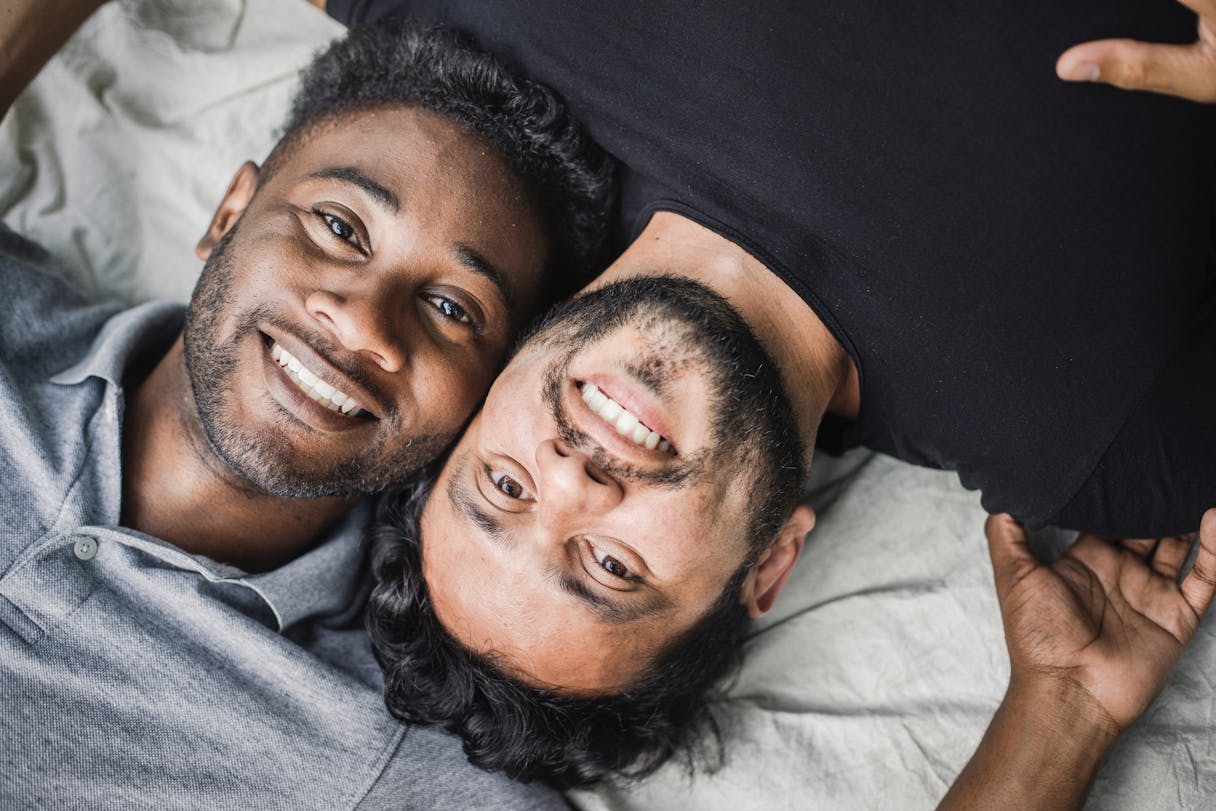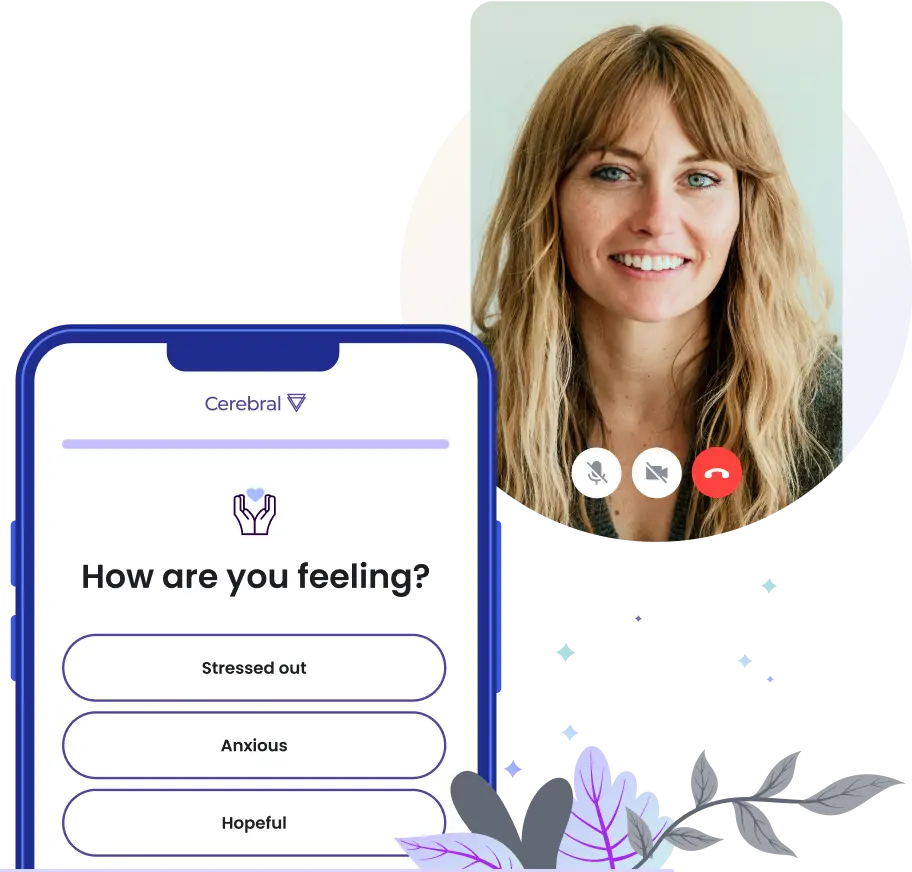Happy Pride Month! This is a month for appreciation and celebration. And, for many, it’s also a time for raising their voice: whether that be by coming out, by standing tall, or by supporting others.
We know the coming out process is fraught with emotion and challenges. That’s why we had three Cerebral mental health professionals sit down to talk about their answers to thoughtful questions about coming out.
In honor of Pride Month, we’ve put them together here for you!
Advice for someone struggling with coming out
It's okay to take your time exploring how and when you want to come out. It's okay to not be certain, or still have a lot of questions about what you're experiencing, and no one can force you to be one way or another. It's not uncommon to feel internal or external forces pushing you to come out, and at the same time, it's okay to slow down and take your time; it's a very personal decision to come out!
It's also okay to feel nervous...that's completely normal! Given there is still unfortunately a societal stigma when it comes to the LGBTQIA+ community, it's understandable that there may be some fear around how people (especially those we care about) will respond. A good practice here is to name the fear you're experiencing, as it gives you the power to decide what you're going to do with that fear, whether that's talking to a trusted friend about it, journaling it, or using whatever coping tool works best for you!
It is normal to struggle, to have doubts, and to be concerned. Try coming out to someone who you anticipate will respond with acceptance and compassion. This might help you as you take your first big step in the coming out process.
The first priority is safety, and there are plenty of situations where coming out could create unsafe situations. No one should be forced to come out ever, especially if it would result in any unsafe mental or physical situation (housing, employment, social rejection, etc.). People often feel mentally unsafe when they have to hide or mask their identities, but physical safety and mental safety are two different concerns.
Coming out is not a one time check mark; it's a process that repeats itself over the course of your life. Identities evolve, and what fits now may not fit in 5 years and that is O.K. Anytime we speak truth to our identities, we're coming out. The first few times are big, and exciting, and nerve-racking, but eventually it just becomes you living in your truth.
– Laura Conner, LCSW
Advice for dealing with difficulty or fallout from coming out
It's rough...and I understand because I've been there. It may feel like your world is crashing when you're either rejected, receive some covert aggressions about your sexuality, or somewhere in between. First and foremost, take care of yourself. It's a painful thing to experience a literal or perceived sense of rejection, and the thing is, it doesn't fall on us. If we're showing up authentically through coming out and experiencing rejection, it does not mean we're defective or unworthy of love, rather it is a choice on the other party's part to authentically receive you. This is scary of course, as we can't control someone else's response, and at the same time, we can choose how we will respond with the knowledge that we showed up authentically.
–Joshua Simpson, ASW
Congratulations and welcome to the world! I'm sorry you are having difficulty navigating the reactions of others, but please remember that you are valid and important. Your identity matters, and any difficulty/fallout says way more about them than it does about you. You are not a burden. You are not a problem. You are being your authentic, whole self and that is the bravest thing anyone can do.
Find your chosen family. Find a community of people who are affirming and supportive and love you for all that you are. Online, in person, whatever. You are not alone and you do not have to go through this alone.
It is not your job to justify your identity to any one. Your emotional labor is not required for the respect you deserve.
– Laura Conner, LCSW
Resources and approaches for the coming out process
Look into your local LGBTQ Center. Many center's have tons of resources from coming out groups to legal assistance. You can also look into compiled resource lists on sites like GLAAD or the Trevor Project.
– Joshua Simpson, ASW
Here are just a few:
- Trans Lifeline
- The Trevor Project
- The Trevor Project Handbook (This is a handbook specific to youth, but still applicable to adults.)
– Laura Conner, Associate Therapist
Please also take a look at Cerebral’s Coming Out Workbook!
How to protect your mental health through the coming out process
BE KIND to yourself! For many, coming out can be a stressful process, and just like any stressor, it's important to find healthy ways of coping. There are so many different methods of coping, from exercise, to meditation, to creative arts. And at the same time, it's equally important to set an intention of self-compassion towards yourself while doing it. The current research shows that self-compassion is linked with increased feelings of acceptance, and allows for a less judgmental mindset, from which there can be increase in self-esteem and happiness with one’s identity. It can also be helpful to connect with those in your support network, whether that be a friend, family remember, therapist, or even pet, as it can decrease the feelings of isolation often experienced by folks in the LGBTQIA community.
– Joshua Simpson, ASW
Reach out to loved ones and LGBTQ+ specific organizations if you need support. Coming out can be really hard and emotionally exhausting. Sometimes it can lead us to dark feelings and thoughts. There are so many people out there who have gone through it and come out the other side who are more than happy to support those coming out.
There is power in truth, and coming out can be a source of your power. You are shedding the expectations of others and living as your authentic self. No one can take that from you.
Journal your feelings and process the reactions you get from others. You are allowed to feel whatever feelings come up for you. You are allowed to be upset, or disappointed, or angry, or whatever feeling you have. Just try to remember that you are not alone and you don't have to go through this alone.
– Laura Conner, LCSW
More thoughts, advice, and suggestions for coming out
TL;DR: Take your time. It's okay to ask questions. It's helpful to access resources during the process. Be kind to yourself.
– Joshua Simpson, ASW
This is YOUR journey. Through the pain, fear, discomfort and sadness will be your journey to acceptance, honesty and authenticity. There is no one way and no rule book to follow, so listen to your gut and remember that you are worthy of love and acceptance, even if that means that it comes from only yourself at first. There is also something called a “chosen family.” For those who are unfortunately not accepted by their families, go find your chosen family of people who will accept you just as you are.
– Danielle Hadar, LCSW
Not everyone has to know about your identity. You don't have to disclose any part of your identity if that disclosure makes you uncomfortable or is potentially unsafe. You are allowed to be yourself and take up space in the world as loudly or as quietly as you want.
– Laura Conner, LCSW
If you or a loved one is struggling with LGBTQ+ identity and mental health, these numbers are available 24/7:
- Trevor Lifeline: 1-866-488-7386
- Trans Lifeline: 1-877-565-8860
- SAGE National LGBT Elder Hotline: 1-877-360-LGBT (5428)
- National Suicide Prevention Lifeline for LGBTQ+ Community: 1-800-273-8255

Why Is Substance Abuse And Addiction So Prevalent Among The LGBTQI+ Community?

Supporting Mental Illness in the LGBTQ+ Community

What Does a Healthy Relationship Look Like?

Call 911 if you’re having a
mental health emergency
Text Home to 741-741 if you're in emotional
distress and need immediate support
Call or text 988 Suicide &
Crisis Lifeline. Chat service
is available at 988lifeline.org.